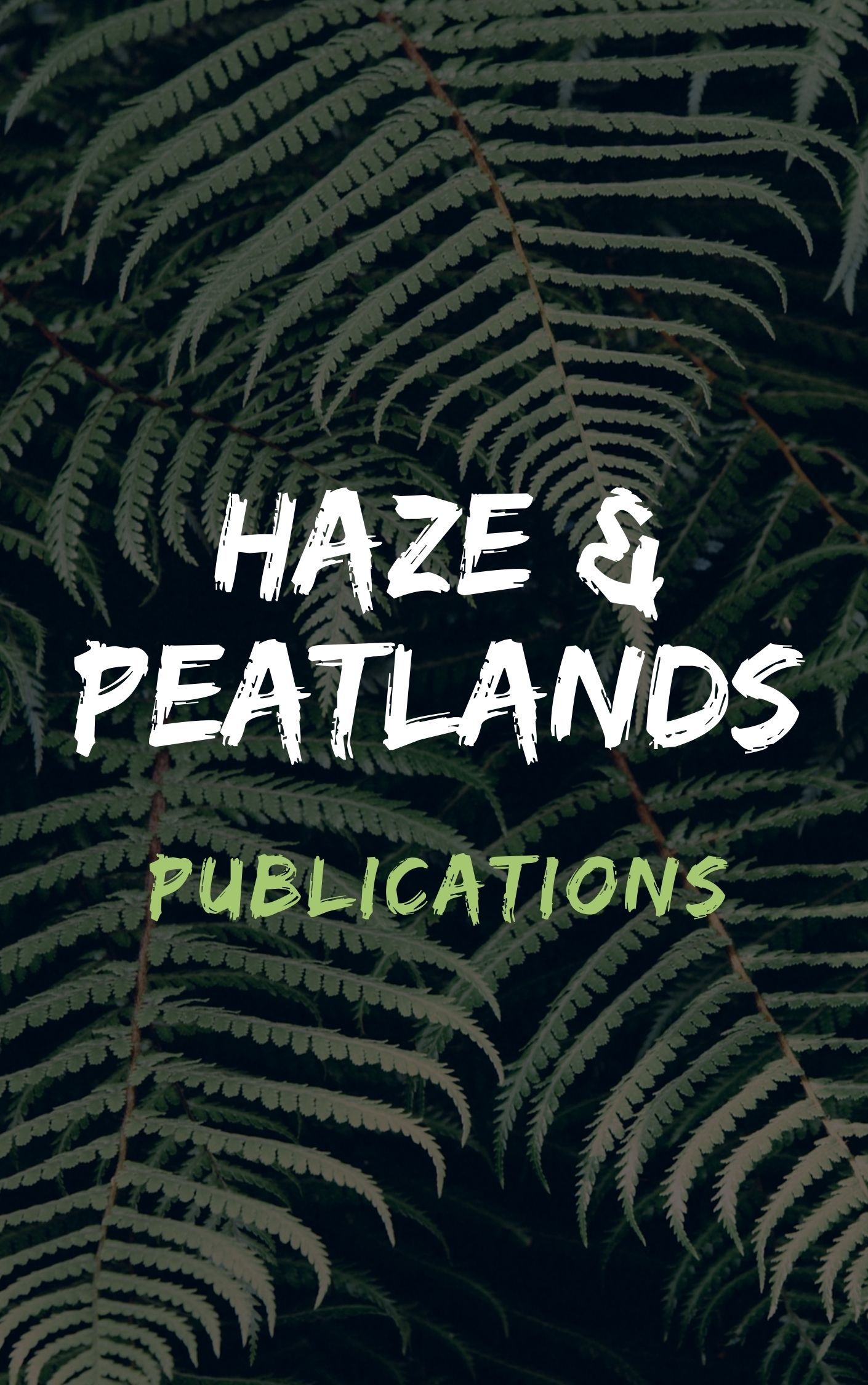Despite its universality, swidden cultivation is not a single, invariable technique. Slash-and-burn practices have adapted to changing conditions, both environmental and socio-economic, either consciously or unconsciously.97All generalizations, therefore, should be treated with caution. As our examples show, slash-and-burn agriculture is not merely a subsistence economy even though it is usually regarded as such. Furthermore, it can be more than just an agricultural production system: in its traditional form it can be described as a natural resource management system guided by socio-economic and cultural settings. Despite this, as our examples illustrate, authorities have typically considered only permanent agriculture as a civilized and desirable" choice. According to the Finnish experience, it can be claimed that the prohibition of slash-and-burn cultivation does not necessarily reduce pressure on the forests if other uses of the forest simultaneously increase. On the other hand, efforts to ban slash-and-burn agriculture are not effective unless alternative means of livelihood can be provided. The transfer to permanent cultivation, for example, is problematic because it increases dependencies through the need for external inputs. We also should remember that swidden farming forms an integral part of the culture of many forest dwelling people and therefore efforts toward sustainable modifications of traditional agriculture should be prioritized. This study supports Arild Angelsen's argument that the environmental effects of the traditional form of shifting cultivation are smaller than many other uses of forestland. 98On the one hand, there are several ecologically unsustainable practices in slash-and-burn cultivation, such as pioneer shifting cultivation in the tropics today. On the other hand, the environmental effects are not unambiguous, as the case studies demonstrate. In terms of sustainability, the study shows that land tenure is a crucial matter. Moreover, alternative uses of forestland, such as logging or largescale commercial agriculture, have in all the cases been boxing in slash-and-burn cultivators. Population growth has also had some effect in this process but the impact has not been as obvious. In general, slash-and-burn farming, in the boreal zone as well as in the tropics, is an extensive system with no need for large capital inputs which can, under favorable conditions, be productive and, in the ideal case, also sustainable."
View source

